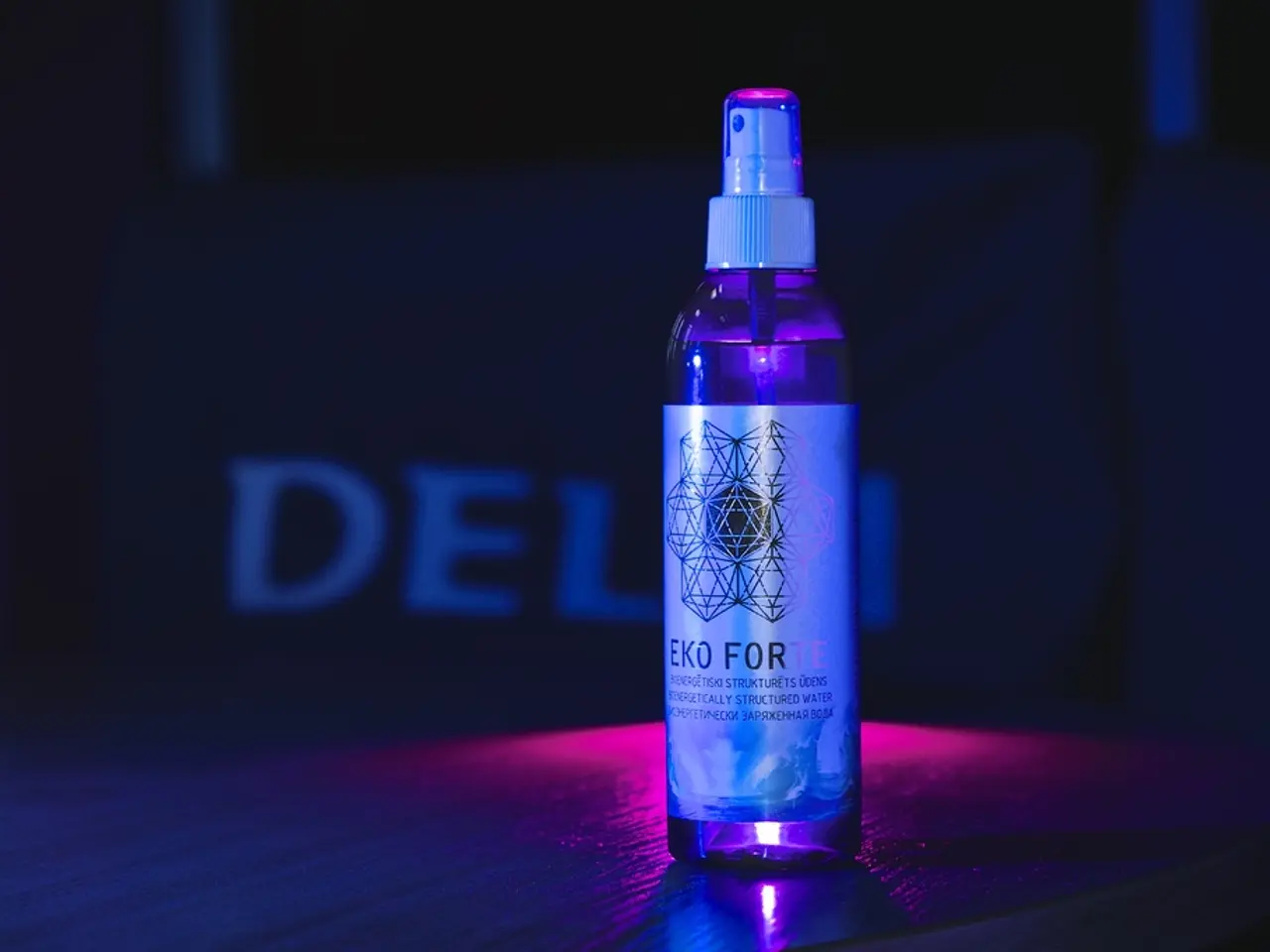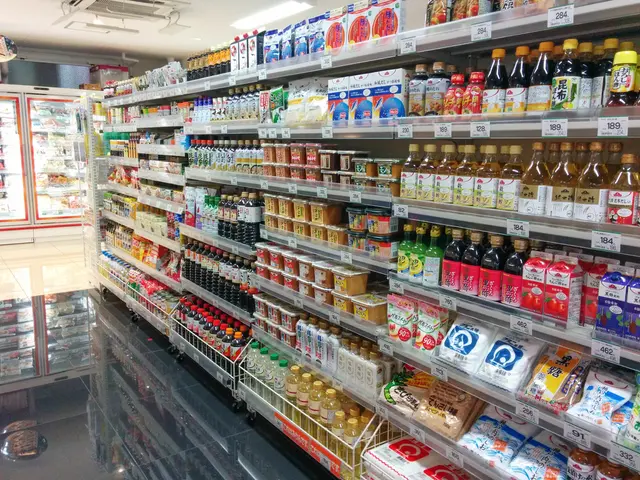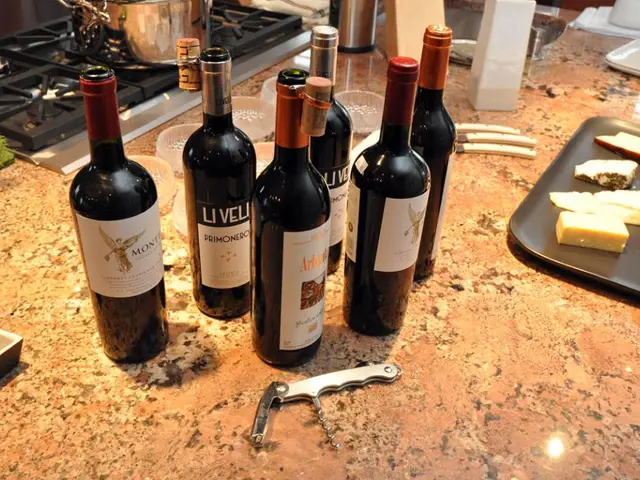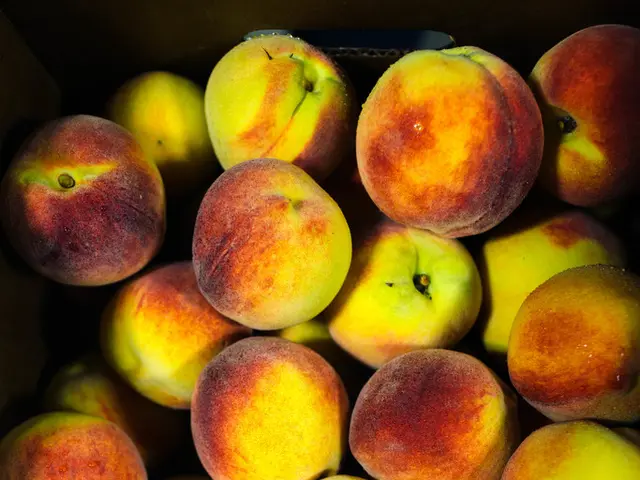Rodenticide Market Poised for Significant Growth Reaching US$ 7.0 Billion by 2034
In the world of pest control, the global rodenticides market is experiencing significant growth, projected to increase from USD 4.4 billion in 2024 to a staggering USD 7.0 billion by 2034. This expansion is not limited to the global arena; North America, in particular, continues to dominate, holding a 47.8% share in 2024, amounting to approximately USD 2.1 billion in revenue.
Anticoagulant rodenticides hold a dominant market position, accounting for over 67.9% of the market share. However, efforts are being made to diversify the market with the development and marketing of non-anticoagulant products. Companies like PelGar International offer a wide range of rodenticides, including those containing Vitamin D3 and calcium carbonate.
The market's growth is driven by the extensive use of rodenticides in major U.S. cities, such as New York, Chicago, and Los Angeles, for rodent eradication programs. However, the agricultural sector also faces challenges from rodents, particularly in states like Iowa, Nebraska, and Kansas. The USDA has noted the impact of rodents on both domestic and export markets.
In response to these issues, the U.S. Environmental Protection Agency (EPA) regulates rodenticides through the Federal Insecticide, Fungicide, and Rodenticide Act (FIFRA). In November 2024, the EPA issued a final biological evaluation for 11 rodenticide active ingredients, introducing mitigation measures to minimize risks.
The market landscape has seen some notable changes in 2024. Rentokil Initial acquired a part of BASF's rodenticide portfolio, including brands such as Bell, Tomcat, and Maki. UPL has also strengthened its rodenticide portfolio through the acquisition of the Zodiac range from BASF's professional pest control portfolio.
Technological advancements are also playing a role in the rodent control industry. Companies like Rollins, Inc. (Orkin) are leveraging technology to enhance rodent control, with their recent A.I.-powered Radar service using smart traps and remote monitoring. Ecolab, on the other hand, focuses on digital innovation and service, integrating rodenticide use with advanced monitoring technology like the Ecolab Pest Elimination Portal.
Despite the growth in the rodenticides market, it's important to note that rodents pose a significant health risk to humans. The Centers for Disease Control and Prevention (CDC) reports approximately 1 million annual human leptospirosis cases globally, with around 60,000 fatalities. As the rodenticides market continues to grow, it's crucial to ensure that these products are used responsibly and effectively to protect both public health and the environment.
In Canada, agricultural regions like Saskatchewan and Alberta rely on rodenticides to protect grain silos and rangelands from burrowing rodents. Agricultural fields hold a dominant market position, capturing more than a 39.3% share of the global rodenticides market.
Pellets remain the dominant form of rodenticides, accounting for over 48.1% of the market share. However, the market is expected to achieve a CAGR of 4.7% during the forecast period from 2025 to 2034, suggesting a shift towards other forms of rodenticides in the coming years.
BASF SE is another key player in the market, advancing integrated pest management with its Selontra rodenticide containing the fast-acting active ingredient cholecalciferol (Vitamin D3). As the global rodenticides market continues to evolve, it will be interesting to see how these trends and developments shape the industry in the future.
Read also:
- Czech Casino Doxxbet candidly discusses its operations within the Czech Republic
- Seeking Drone Superiority? Allow the Squad to Crumble
- Global investment in renewable energy by China reaches 625 billion, expediting the worldwide shift away from fossil fuels.
- Highlights UAE's district cooling expertise, demonstrated via the International Energy Leadership Programme








